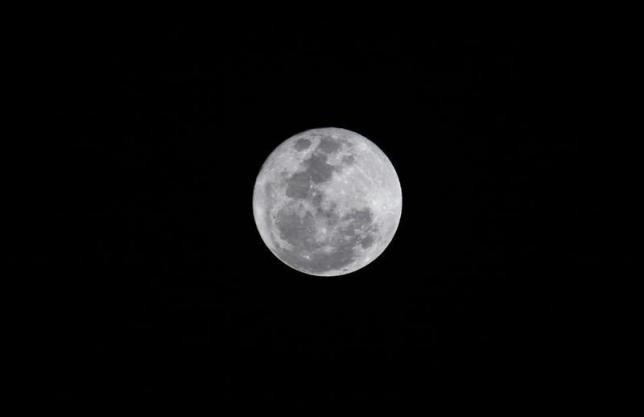The origin of the Moon is finally explained by astronomers, and the Earth and the primordial planet named Theia have something to do with it.
Apparently, the Moon was born after baby Earth and Theia collided, according to a recent study published in the journal Nature.
Titled "A primordial origin for the compositional similarity between the Earth and the Moon," the study was by Hagai B. Perets, Sean N. Raymond and the lead author Alessandra Mastrobuono-Battisti of the Israel Institute of Technology in Haifa.
The similar chemical composition of the Earth and the Moon has been a puzzle. Based on computer simulations, much of the material that developed the Moon were from Theia.
In terms of composition, the Earth and Theia were extremely similar but as the shattered impactor, Theia possibly had an isotopic makeup that was somewhat different than Earth's. In most caes, impactors have more similarity to the planets they impact as compared to the other planets in the same system, Mastrobuono-Battisti told Discovery News.
University of Maryland astronomer Richard Walker also told the publication that while it is not impossible, it is very unlikely that "two very different sized bodies developed the exact same tungsten isotopic composition."
"On average, impactors are more similar to the planets they impact compared with different planets in the same system," Mastrobuono-Battisti explained.
According to Mastrobuono-Battisti, their study was the first to reconsider the issue about the Moon's origin and what the Earth and Theia have to do with it using large data and wide range of models.
According to another study, an isotope of tungsten present on Earth and the moon shows slight differences, which could be due to the slight difference between the isotopic makeups of the Earth and Theia.



























